Author: Mike Neville
First released in 1976 by the New Zealand Horticulture Research Center under the name SuperAlpha, Dr. Rudi was renamed in 2012 to honor the breeder who is largely considered the father of New Zealand’s hop program, Dr. Rudi Roborgh. Initially marketed as a bittering hop due its relatively high alpha acid content, Dr. Rudi is now viewed as a dual-purpose variety, contributing notes of bright pine, lemon, and sweet grass when used later in the brewing process.
Alpha: 10 – 12%
Beta: 7 – 8.5%
Cohumulone: 36 – 39% of alpha acids
Total Oil: 1.3 – 1.6 mL / 100g
Myrcene: 29 – 48%
Humulene: 22 – 33%
Caryophyllene: 6 – 10%
Farnesene: < 1%
Linalool: 1.4%
Geraniol: unknown
ß-Pinene: unknown
Parentage: Open pollination with Smoothcone mother
I’ve brewed with a number of New Zealand hop varieties over the years and have tended to enjoy the fruitiness they impart, though Dr. Rudi was new to me. Curious to learn more about this arguably traditional Kiwi variety, I recently picked some up for use in The Hop Chronicles.
| MAKING THE BEER |
In the spirit of consistency, I went with the standard Hop Chronicles Pale Ale recipe for this batch, adjusting the hop additions to keep the bitterness in check.
Dr. Rudi Pale Ale
Recipe Details
| Batch Size | Boil Time | IBU | SRM | Est. OG | Est. FG | ABV |
|---|---|---|---|---|---|---|
| 5.5 gal | 60 min | 40.2 | 4.2 SRM | 1.056 | 1.01 | 6.04 % |
| Actuals | 1.056 | 1.01 | 6.04 % | |||
Fermentables
| Name | Amount | % |
|---|---|---|
| Pale Malt 2-Row | 10 lbs | 83.33 |
| Vienna Malt | 2 lbs | 16.67 |
Hops
| Name | Amount | Time | Use | Form | Alpha % |
|---|---|---|---|---|---|
| Dr. Rudi | 7 g | 60 min | Boil | Pellet | 10.7 |
| Dr. Rudi | 14 g | 30 min | Boil | Pellet | 10.7 |
| Dr. Rudi | 28 g | 10 min | Boil | Pellet | 10.7 |
| Dr. Rudi | 56 g | 2 min | Boil | Pellet | 10.7 |
| Dr. Rudi | 56 g | 4 days | Dry Hop | Pellet | 10.7 |
Yeast
| Name | Lab | Attenuation | Temperature |
|---|---|---|---|
| Flagship (A07) | Imperial Yeast | 77% | 32°F - 32°F |
Notes
| Water Profile: Ca 125 | Mg 20 | Na 8 | SO4 310 | Cl 56 |
Download
| Download this recipe's BeerXML file |
After collecting the full volume of water and adjusting it to my desired profile, I flipped the switch on my BräuSupply controller to get it heating up.
Next, I weighed out and milled the grain.
When the water was properly heated, I incorporated the grains and checked to make sure the mash was at my target temperature.
While the mash was resting, I prepared the kettle hop additions.
Once the 60 minute mash rest was complete, I removed the grains and proceeded to boil for 60 minutes, adding hops at the times stated in the recipe.
When the boil was complete, I quickly chilled the wort with my Hydra IC.
I then pumped the chilled wort to a sanitized fermenter.
A refractometer reading showed the wort was at my target OG.
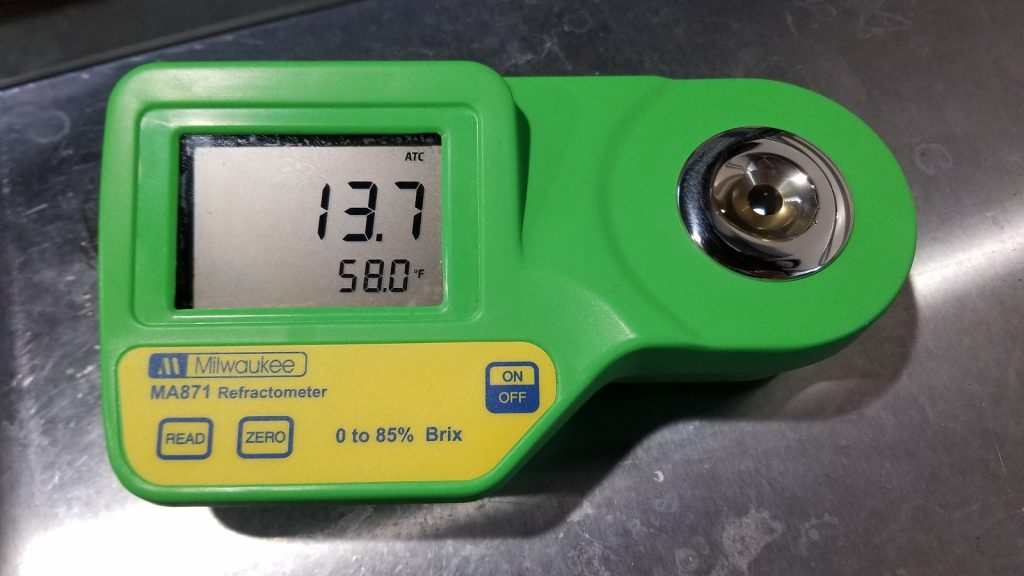
Next, I direct pitched a single pouch of Imperial Yeast A07 Flagship into the wort.
The beer was left to ferment at 66°F/19°C for 10 days before I took a hydrometer measurement confirming FG was reached.
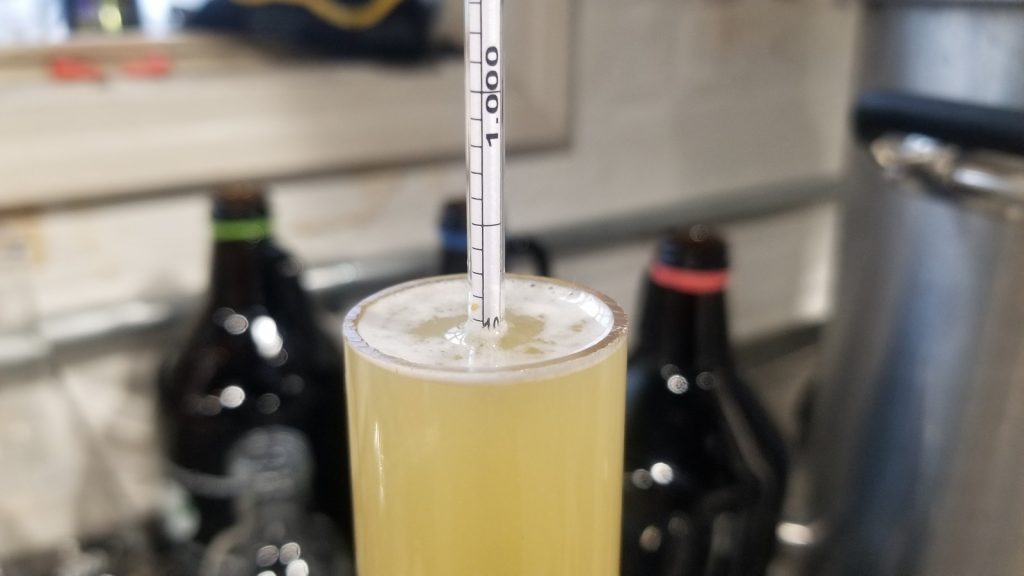
With fermentation complete, I pressure-transferred the beer to a CO2 purged keg.
The filled keg was placed in my keezer and burst carbonated overnight before I reduced the gas to serving pressure. After 3 weeks of conditioning, it was ready to serve to blind tasters.
| METHODS |
Participants were instructed to focus only on the aromatic qualities of the beer before evaluating the flavor. For each aroma and flavor descriptor, tasters were asked to write-in the perceived strength of that particular characteristic on a 0-9 scale where a rating of 0 meant they did not perceive the character at all and a 9 rating meant the character was extremely strong. Once the data was collected, the average rating of each aroma and flavor descriptor was compiled and analyzed.
| RESULTS |
A total of 18 people participated in the evaluation of this beer, all blind to the hop variety used until after they completed the survey. The average aroma and flavor ratings for each descriptor were plotted on a radar graph.
Average Ratings of Aroma and Flavor Perceptions
The 3 characteristics endorsed as being most prominent by participants:
| Aroma | Flavor |
| Tropical Fruit | Melon |
| Citrus | Citrus + Tropical Fruit (tie) |
| Melon | Stone Fruit |
The 3 characteristics endorsed as being least prominent by participants:
| Aroma | Flavor |
| Onion/Garlic | Onion/Garlic |
| Earthy/Woody | Earthy/Woody |
| Spicy/Herbal | Grassy |
Next, participants were asked to rate the pungency/strength of the hop.
Tasters were then instructed to identify beer styles they thought the hop would work well in.
Finally, participants were asked to rate how much they enjoyed the hop character on a 1 to 10 scale.
My Impressions: I found this single-hop Dr. Rudi Pale Ale had a pleasant lemon zest aroma that was complimented by other fruity notes, though the overall hop character was pretty subtle.
| CONCLUSION |
When thinking of New Zealand hops, it’s easy to focus on the unique varieties introduced over the last couple decades such as Nelson Sauvin and Motueka. However, the Land of the Long White Cloud has been in the business of breeding hops for quite a bit longer, with one such variety being Dr. Rudi, which has a desirable combination of alpha acids and aromatic oils.
Dr. Rudi is described as possessing qualities of pine, lemon, and grass, though blind tasters of a Pale Ale made solely with this variety rated tropical fruit, citrus, and melon as being the most notable characteristics. Whereas other Kiwi hops are known for being quite strong, a majority of tasters felt the hop character in this beer was of mild to moderate pungency, and nearly everyone thought it would work best in IPA/APA.
As is often the case with single-hop beers, this Dr. Rudi Pale Ale was fairly unidimensional, but even so, it was rather pleasant and refreshing. While I likely won’t be using this variety on its own again in the future, I do think it’d work well in combination with other fruity hops, and given its higher alpha acids, it’s excellent for bittering as well.
Dr. Rudi hops are available now at Yakima Valley Hops, get some while you can! If you have any thoughts on this variety, please feel free to share them in the comments section below.
Support Brülosophy In Style!
All designs are available in various colors and sizes on Amazon!
Follow Brülosophy on:
FACEBOOK | TWITTER | INSTAGRAM
If you enjoy this stuff and feel compelled to support Brulosophy.com, please check out the Support page for details on how you can very easily do so. Thanks!




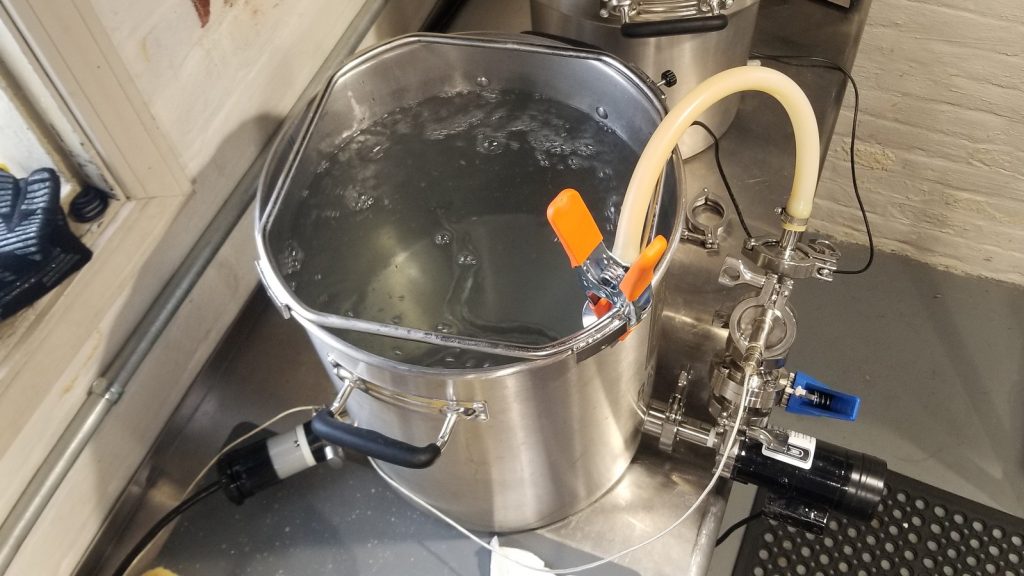
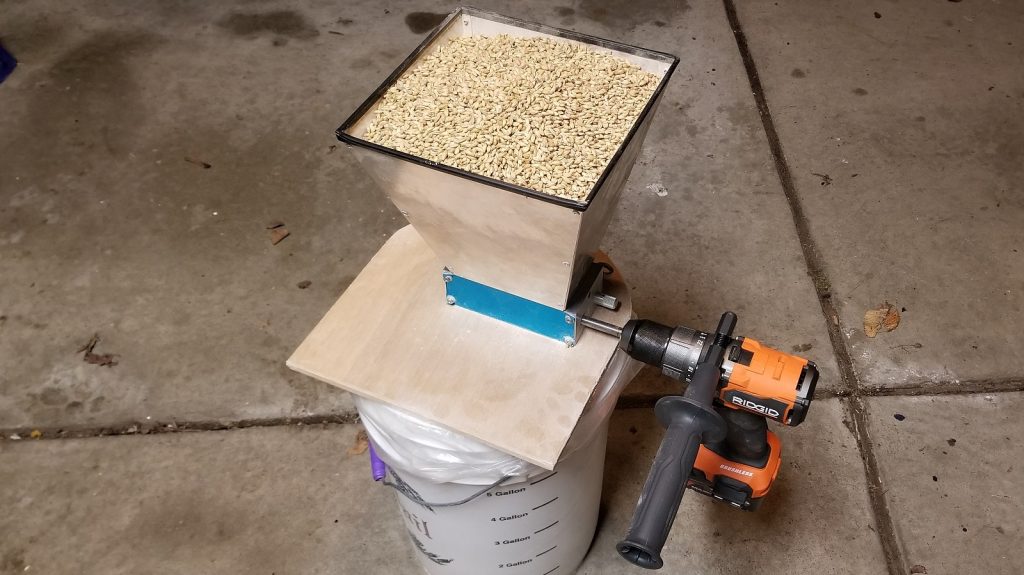
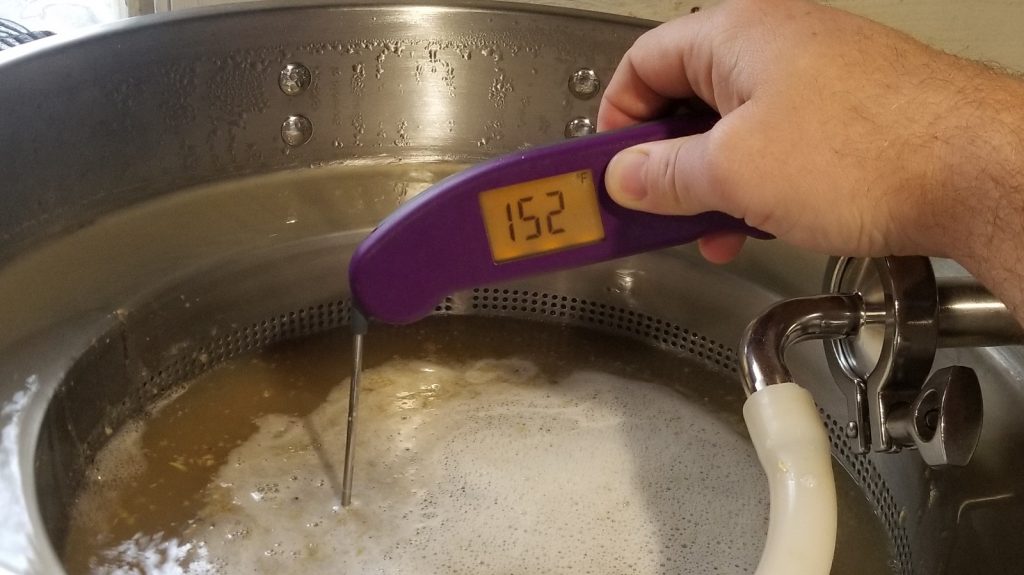
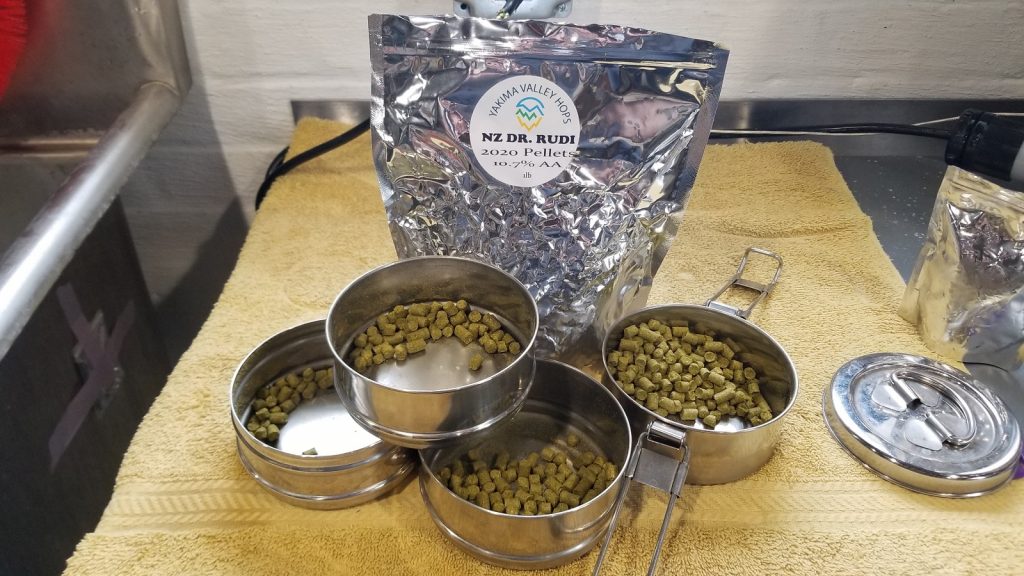
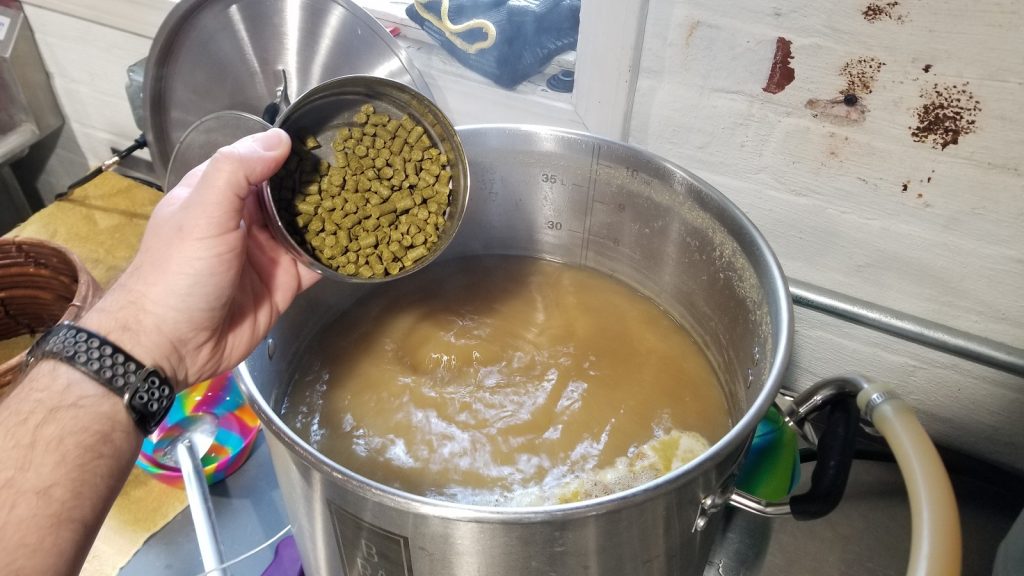
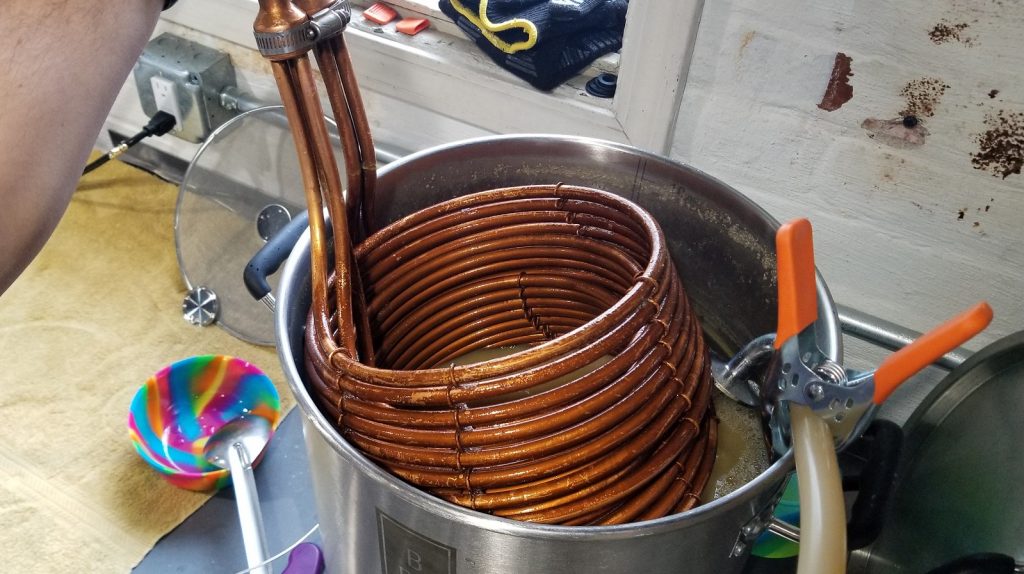
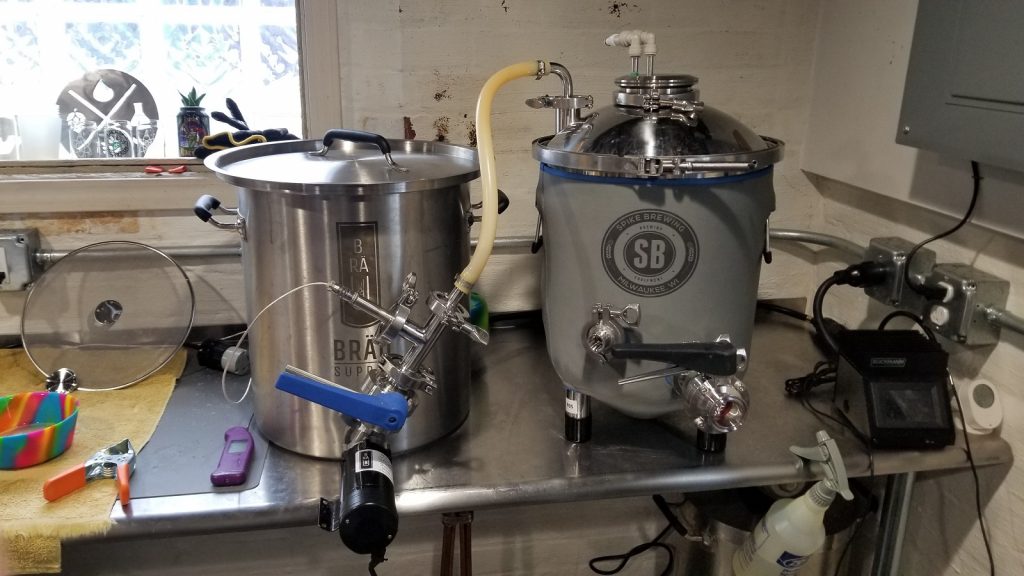
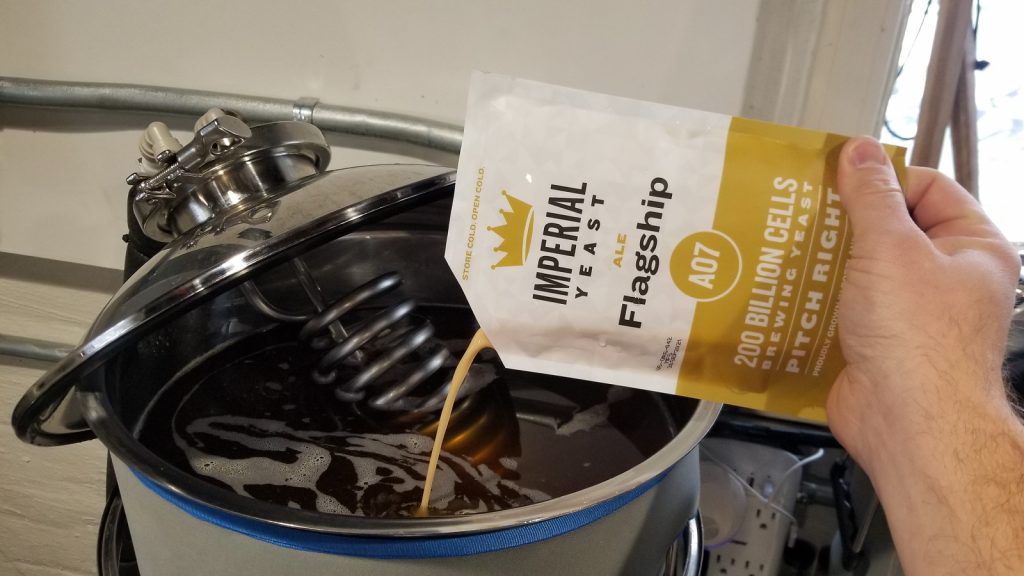
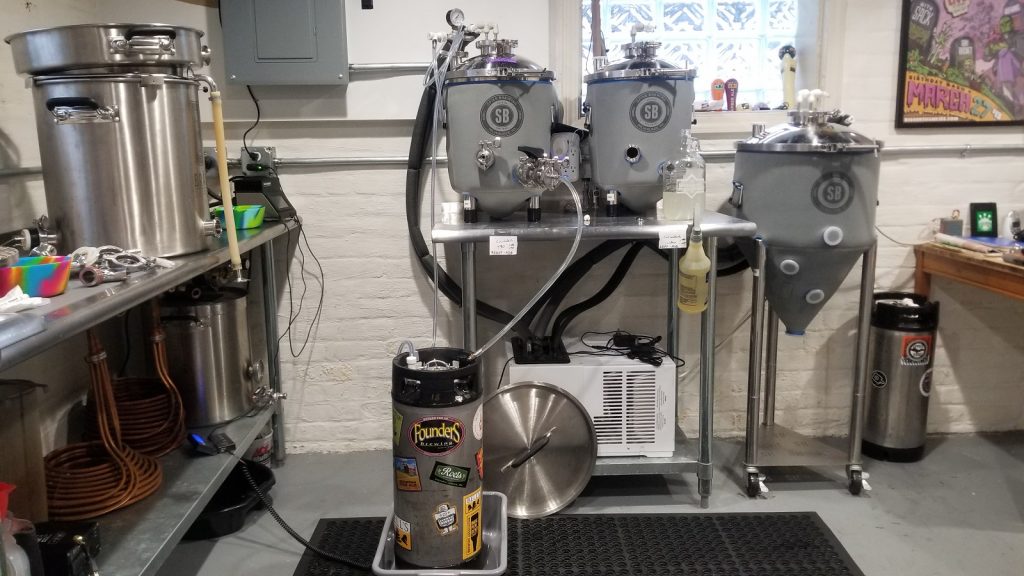
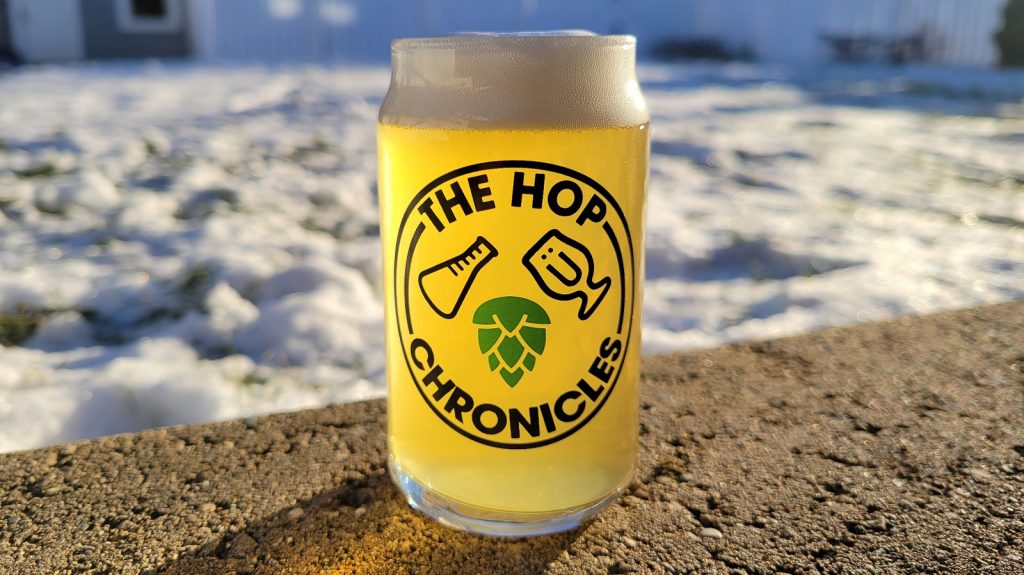

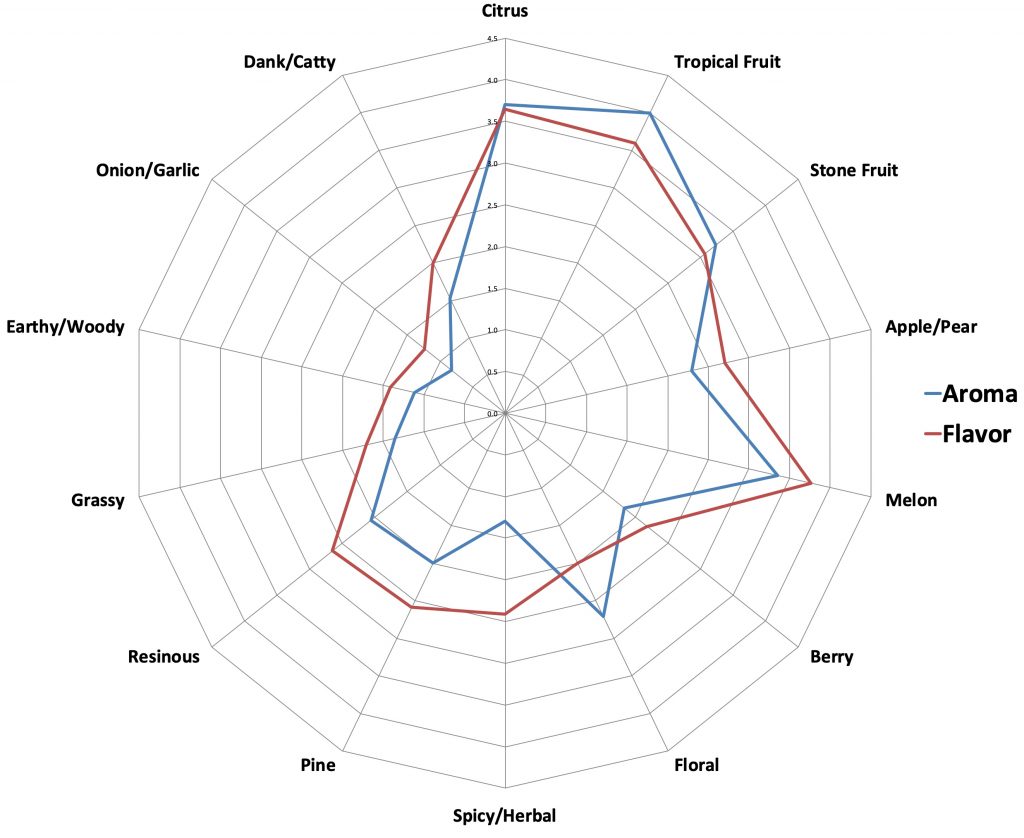
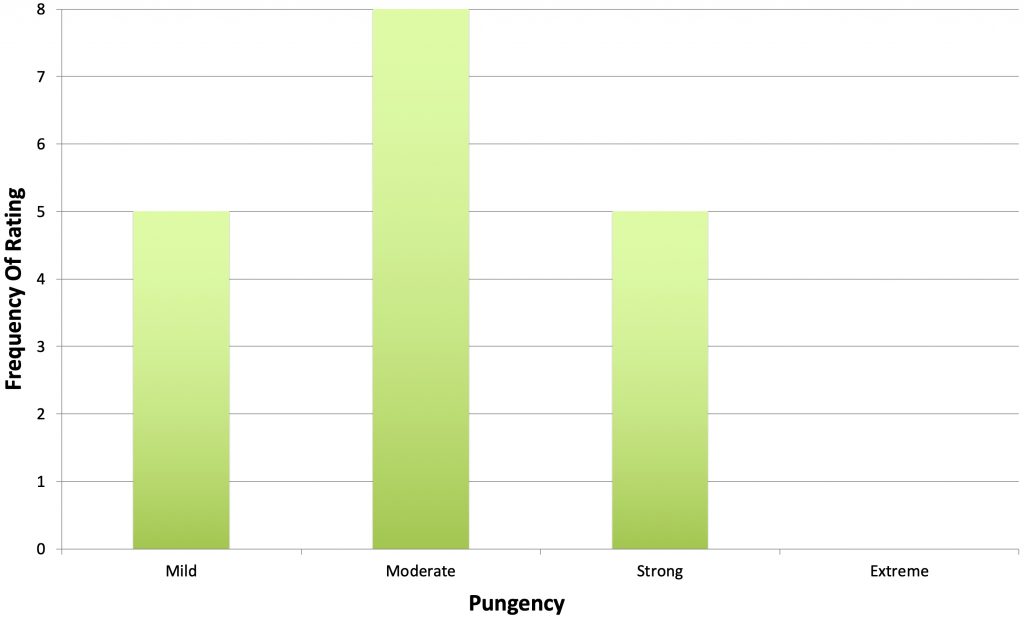
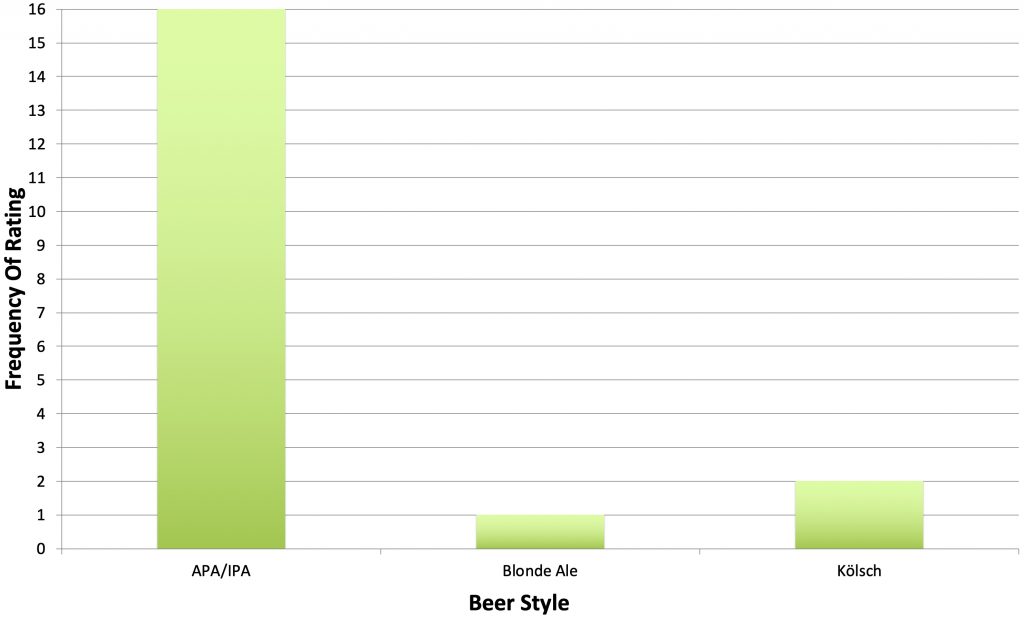
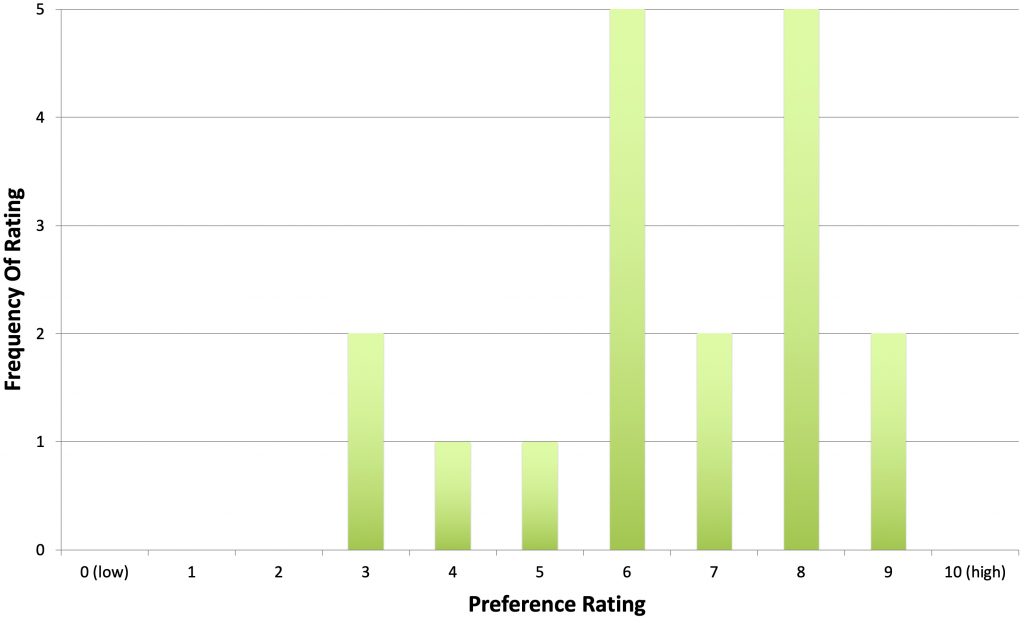











2 thoughts on “The Hop Chronicles | Dr. Rudi (2020) Pale Ale”
I’ve got 1 oz of Dr Rudi in my freezer from my LHBS going out of business. Great to have a better idea what I can pair it with, thanks!
Also, I have a Unibrau 10G and I’d looked at the Jaded ICs… do you use an electric chair to keep the weight off your elements?
I do not use an electric chair to keep the weights off the elements. I’ve found laying them on the elements has not caused any damage to the elements or the chiller. I think my one piece of advise would be, just drop the chiller on the element gently (or not even). Just don’t slam the chiller down on the element and you’ll be fine.